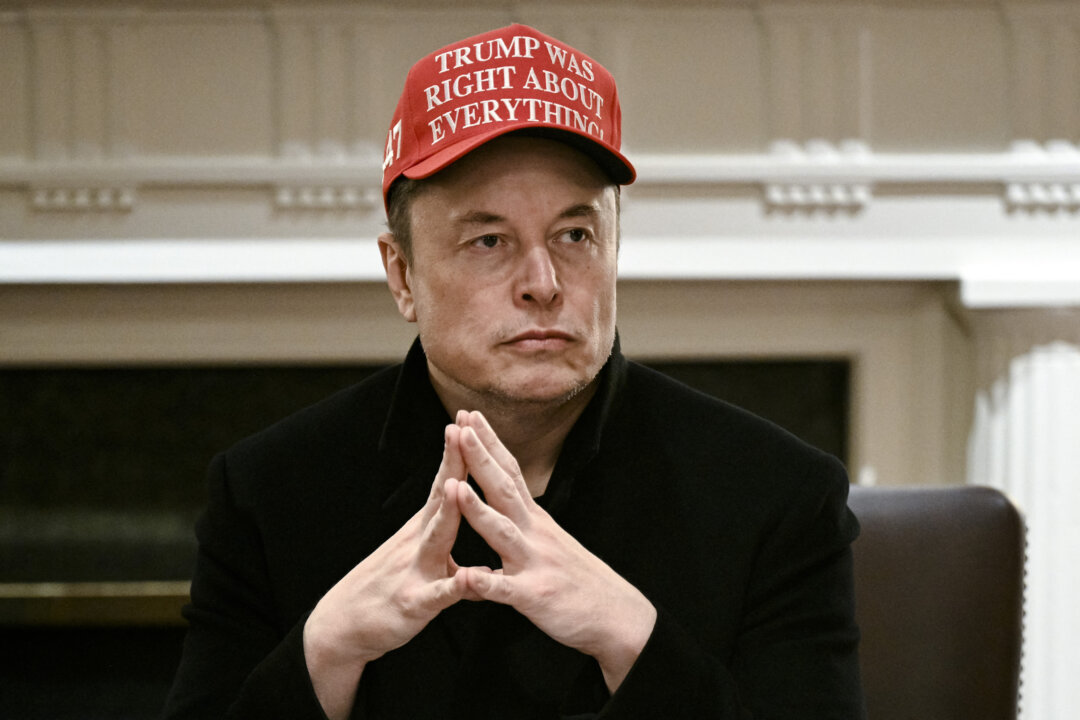The Real Economic Cost: Tariffs, Regulatory Burdens, and the Future of American Competitiveness
- Andrew Langer
- Feb 12
- 4 min read

When we talk about the impact of tariffs, we are often presented with stark economic data: job losses, GDP reductions, and increased costs for American consumers. The numbers are undeniable. But numbers, as compelling as they may be, cannot be taken in a vacuum. The reality is that while tariffs impose economic costs, they do not exist in isolation. In an ideal world, tariffs would be unnecessary, but we do not live in an ideal world. We operate in a global economy where our competitors—especially China—routinely engage in market manipulation, currency devaluation, and protectionist policies to undermine American industry. If we fail to respond, we are not engaging in free trade—we are engaging in economic surrender.
The conversation about tariffs must be coupled with another critical factor that many in the mainstream economic establishment conveniently ignore: regulatory burdens. Under President Donald Trump, tariffs were imposed, but economic devastation did not follow. Why? Because Trump simultaneously reduced the regulatory burden on businesses, giving them room to breathe, adapt, and grow. In contrast, under President Joe Biden, many of these same tariffs remain in place, yet economic struggles have intensified. The difference? Biden has added $1.8 trillion in annual regulatory costs to the U.S. economy, stifling growth and exacerbating the impact of tariffs.
The Data on Tariffs and Economic Impact
To understand the economic cost of tariffs, let's examine two possible scenarios:
Scenario 1: A 20% universal tariff and a 60% tariff on Chinese imports. This could reduce long-run economic output by 1.3%—translating to potentially $325 billion annually or roughly $890 million per day. It could also result in 1.1 million full-time job losses. That comes out to an economic cost of $295,455 per job lost.
Scenario 2: A 25% tariff on Canada and Mexico and a 10% tariff on China. This could reduce long-run economic output by 0.4%, translating to an annual GDP reduction of $100 billion, or about $274 million per day, with 330,000 full-time jobs lost. The economic cost per job lost in this scenario is $303,030 per job.
These figures are significant, but they only tell part of the story. While tariffs can increase costs, the economic equation does not end there. The broader regulatory environment also plays a pivotal role in determining the overall impact on the economy.
Regulation: The Hidden Tax on Growth
The Trump administration took a dramatically different approach to economic policy than the Biden administration. By aggressively cutting regulations and reducing bureaucratic red tape, Trump offset the potential negative impact of tariffs. Businesses, no longer weighed down by excessive government interference, had the flexibility to adjust, innovate, and remain competitive.
In stark contrast, Biden's regulatory approach has reversed these gains, adding $1.8 trillion in new regulatory costs annually. The consequences are clear: increased compliance costs, reduced investment, and a business environment that is far less conducive to growth.
What does $1.8 trillion in added regulatory burdens mean in terms of job creation? Using the same economic cost per job lost from the tariff scenarios, we can estimate:
Using Scenario 1's cost of $295,455 per job lost, removing $1.8 trillion in regulatory costs could support or create 6.09 million jobs.
Using Scenario 2's cost of $303,030 per job lost, eliminating these regulatory burdens could generate 5.94 million jobs.
These numbers are staggering. They demonstrate that the Biden administration’s regulatory approach is costing Americans millions of jobs—not because of tariffs, but because of government overreach. In comparison, the economic losses attributed to tariffs are minuscule when juxtaposed with the economic gains that could be achieved by simply preventing unnecessary regulatory expansion.
A Balanced Approach to Economic Policy
So, what does this mean for policymakers? The answer is clear:
Recognize that tariffs are not the primary economic threat. Yes, tariffs impose costs, but they are also a tool to counter unfair foreign trade practices. A blanket condemnation of tariffs without addressing foreign economic aggression is naïve at best and self-destructive at worst.
Regulatory costs must be reduced and kept stable. A dynamic, growing economy requires a predictable regulatory environment. Trump’s first-term tariffs did not tank the economy because businesses were not simultaneously burdened with crushing new regulatory costs. Under Biden, the same tariffs remain, but with regulatory costs skyrocketing, the impact has been disastrous.
Sacrificing a small percentage of GDP for greater economic security is a worthwhile trade-off. If targeted tariffs can prevent foreign competitors from destroying entire American industries, then a modest economic cost is justifiable—especially if the alternative is mass outsourcing and job losses. The real economic catastrophe comes when regulatory policies suffocate job creation and investment.
The Path Forward
If we are to build a prosperous and resilient economy, policymakers must shift their focus. The real issue isn’t whether tariffs should or shouldn’t exist—it’s about the larger economic picture. China, Canada, Mexico, and the European Union all engage in protectionist practices. Failing to counteract these measures puts the U.S. at a strategic disadvantage. However, tariffs alone are not the solution. The federal government must also ensure that it does not add unnecessary economic burdens through excessive regulation.
The evidence is clear: the regulatory environment under Biden has erased the competitive advantages that once allowed American businesses to thrive under Trump. The numbers prove it—without Biden’s regulatory surge, the U.S. economy could have supported nearly 6 million additional jobs. This is not speculation; it is economic reality.
Tariffs alone do not kill economies—regulatory overreach does. If policymakers are serious about economic growth, job creation, and national competitiveness, they must take a hard look at the true cost of government intervention. The path forward is not about eliminating tariffs—it is about ensuring that American businesses are not being handicapped by their own government.









